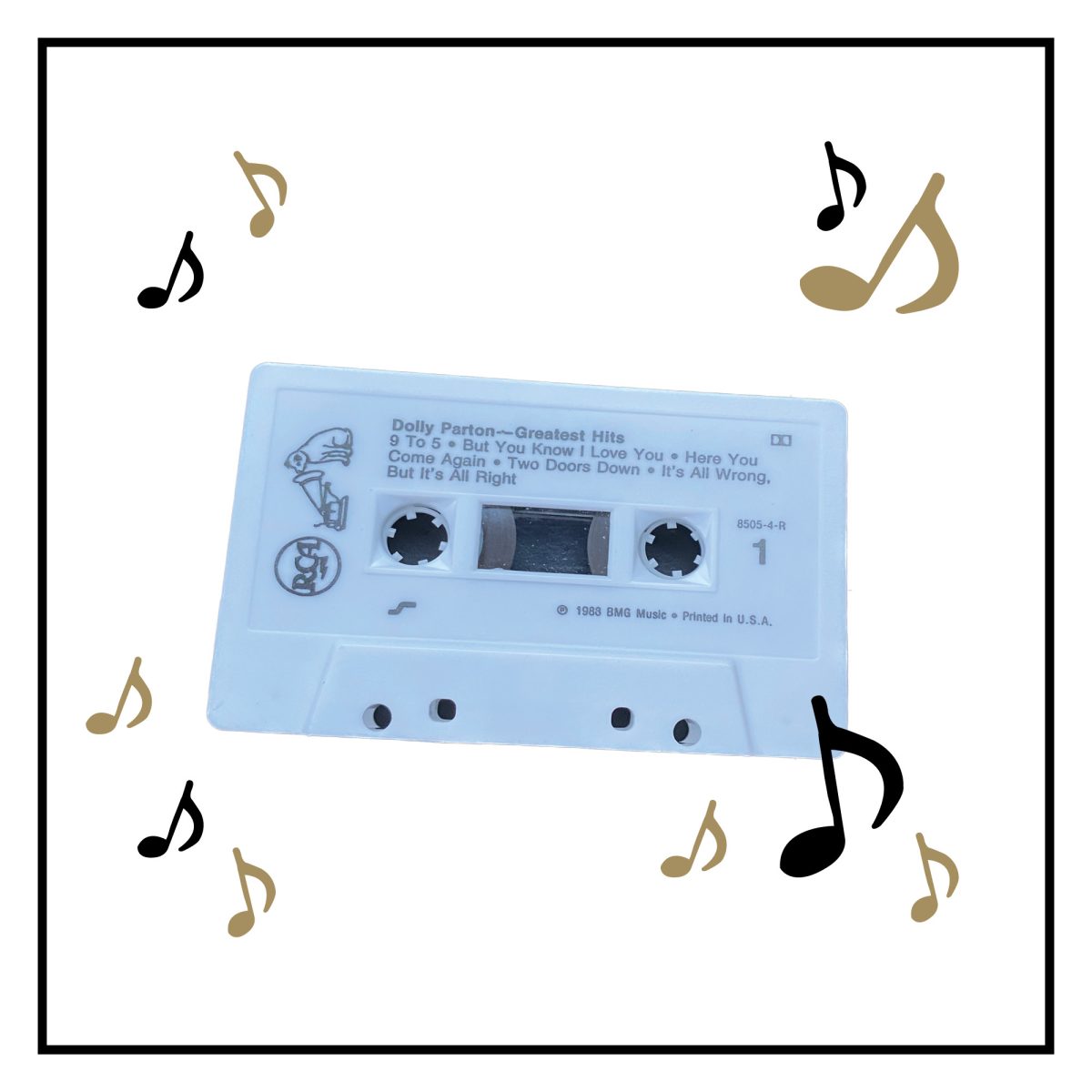A few times a week, I hop into my car and grab a cassette tape so that Celine Dion or Dolly Parton can accompany me on my drive to school. And every time, I wonder how cassette tapes work. How does this long stretch of tape transform into the melodies of a folk song or the rhythms of a 1930s ballad?
To understand cassette tapes, one must first understand how vinyl records produce sound. Sound travels in waves, and these sound waves will reach the ears where they are converted into electrical signals that are sent to the brain. To make records, sound waves are etched in vinyls to make small ridges.
When a record player plays the vinyl, a needle goes up and down over the small grooves. This needle is connected to a magnet sandwiched between metal wires. The movement of the needle shifts the magnet to create an electric current. The electric current then travels to a speaker which converts the signal into sound waves which will finally travel into the ears of the listeners.
Cassette tape has no physical ridges like vinyls do. Instead the sound is recorded onto magnetic tape. To record sounds, there are three heads inside a cassette tape which contain metal wire to create a magnetic field when powered by electricity. Once the tape enters the magnetic field, magnetic particles align into different patterns based on the volume and pitch of the sound playing; these patterns are recorded onto the magnetic tape.
To play the recording, the patterns of magnetic particles on the tape produce an electrical signal which is then converted into sound.
Cassette tapes allowed people to be able to take their music with them, and gave people the ability to easily record tracks of audio or themselves. Compact cassettes quickly surpassed their predecessor, an 8-track, because of their innovative convenience.
Nowadays, pulling up music on a phone is a thousand times more convenient than finding a cassette tape to buy or carrying around a Sony Walkman, but there is always something special about older forms of music. The ability to see a cassette tape roll as the music plays or to see the needle of a vinyl move up and down tells a story all on its own. A story of the sound waves which started in the recording studio, traveled all around the world and then eventually into your ears.




